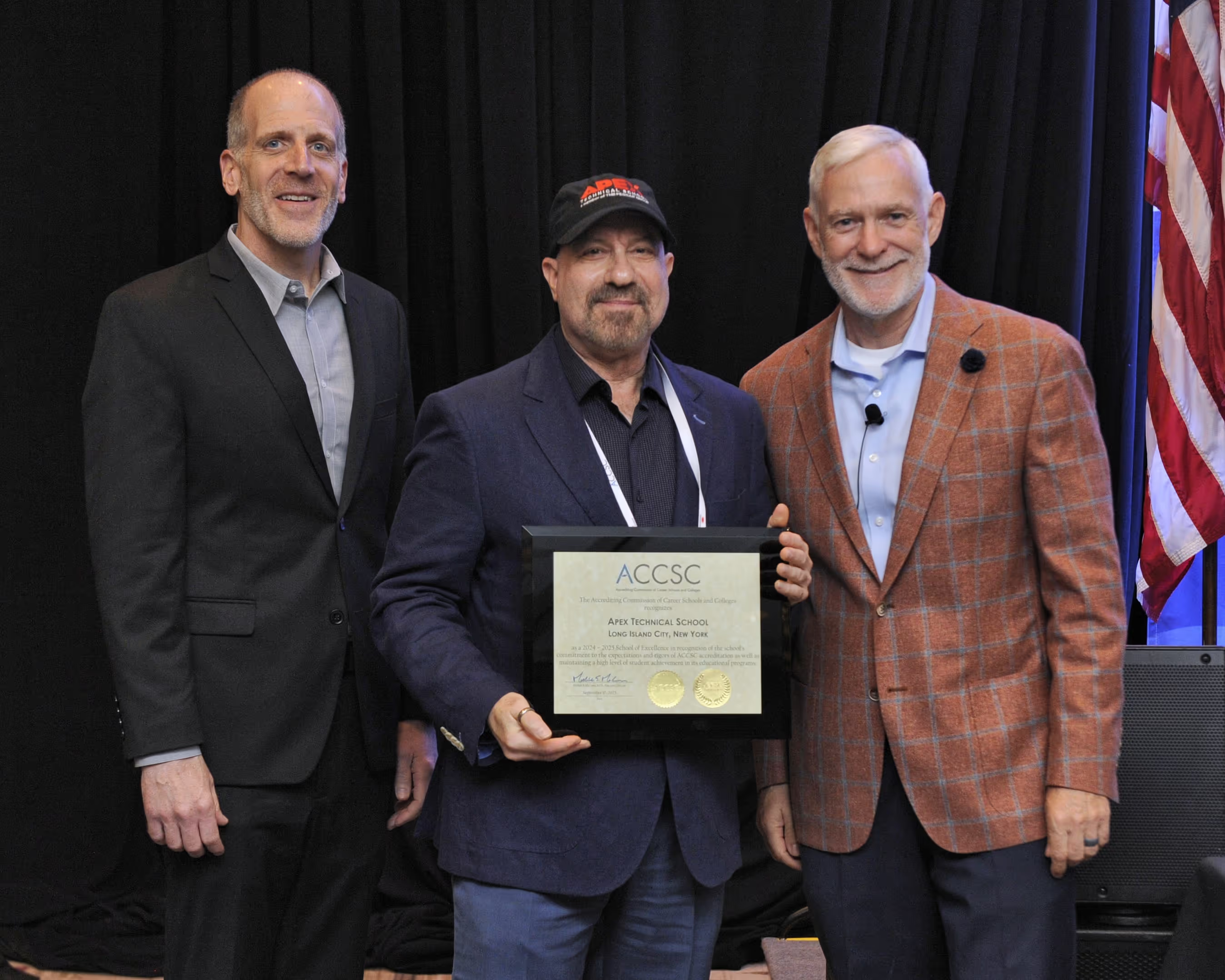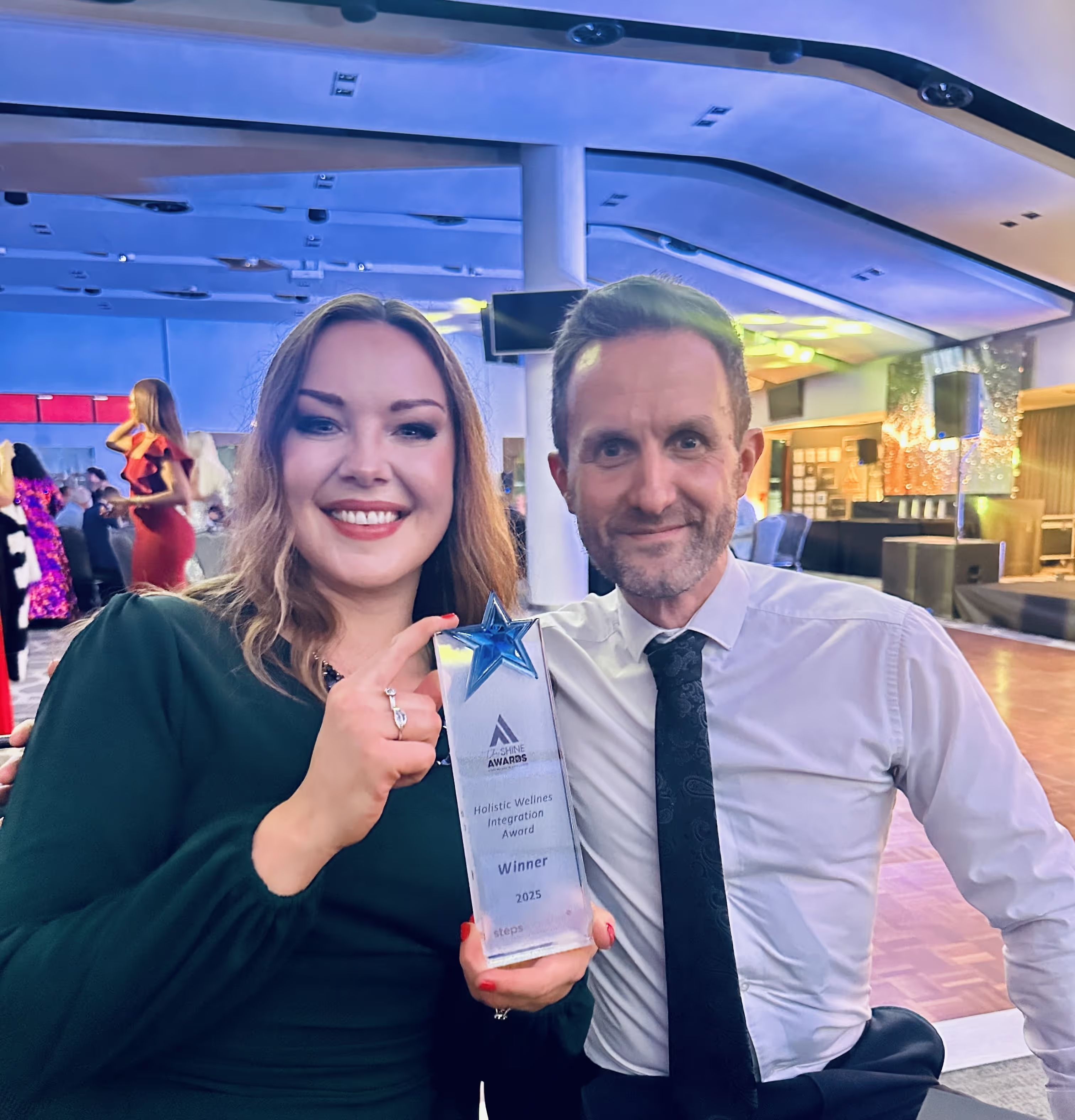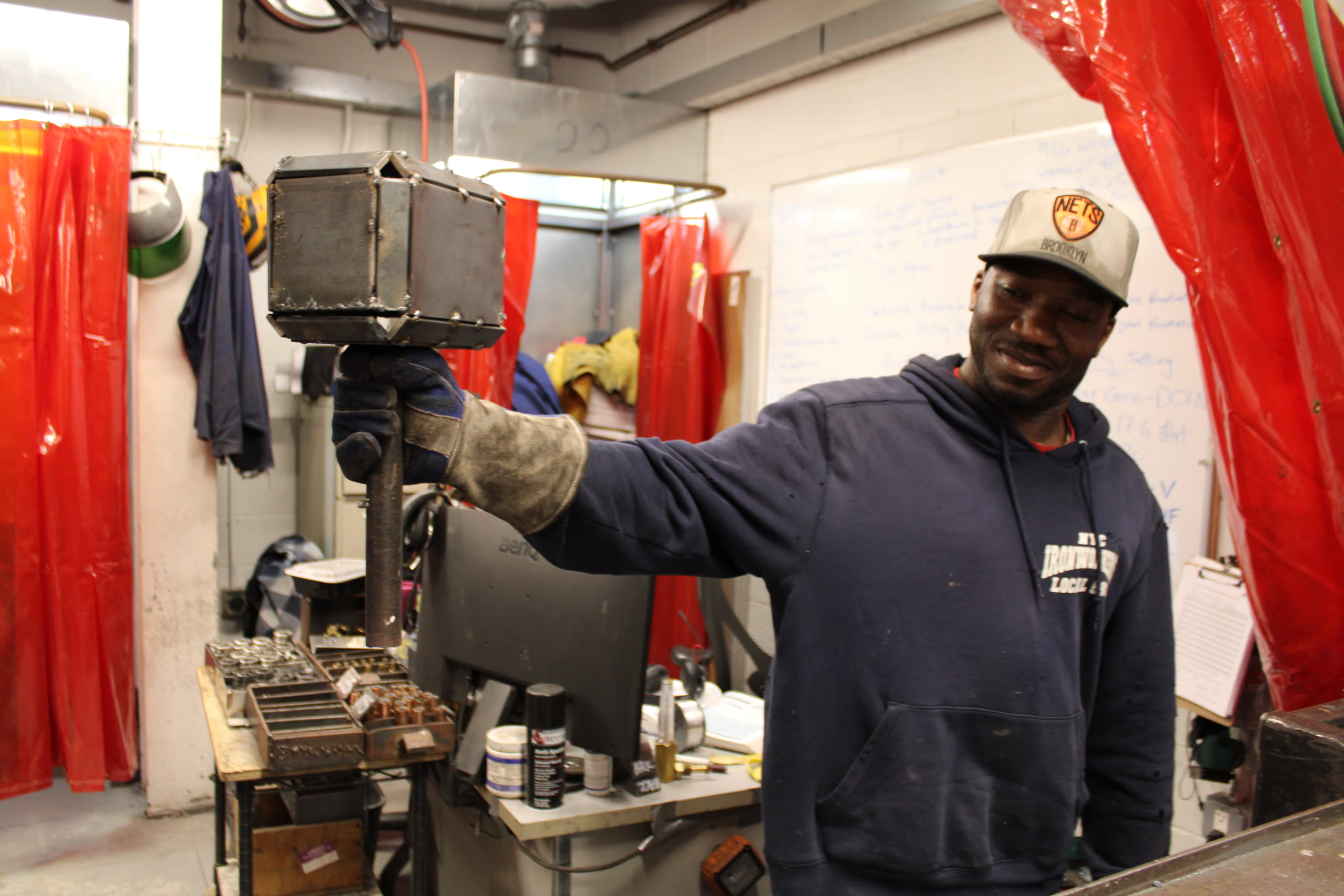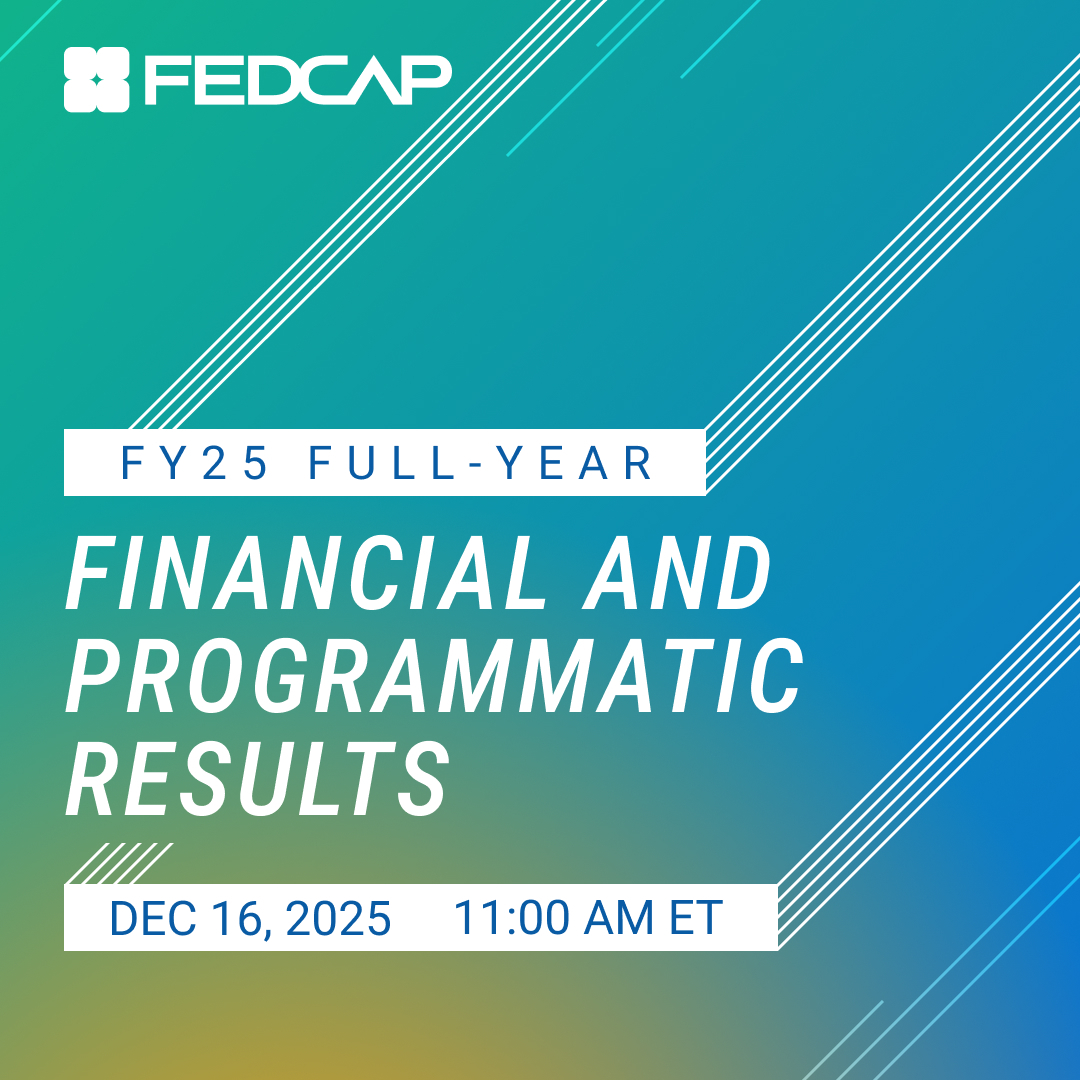Register for FY25
Full-Year Financial and Programmatic Results
Annual Impact Reports
Each year The Fedcap Group releases our half year and full year Financial and Operating Fiscal Results through our impact reports. The reports cover the financial earnings, programmatic achievement and updates across our four practice areas, signaling a level of transparency to our stakeholders and the world on how our spending is achieving real results.

Turning insight into action
The Community Impact Policy Institute leads research and consulting initiatives that identify and address barriers to economic well-being. Learnings from this work inform program design, guide innovation, and strengthen the impact of services delivered across our network.
Celebrating our progress and impact

Celebrating our progress and impact
Apex Technical School won the prestigious ACCSC School of Excellence Award for 2024-2025. This award recognizes organizations that exceed tough accreditation standards and deliver strong outcomes in graduation and job placement. It’s proof of the power of hands-on training to launch real careers.


NYSID Member Agency Award
Fedcap Rehabilitation won the prestigious NYSID Member Agency Award in 2025. The award recognizes organizations that display leadership in expanding employment pathways for individuals with disabilities and championing their pursuit of economic development.


Next Generation Learning and Skills Category, UK & Ireland Green Gown Awards
The Verdancy Group in partnership with Fife College, won the prestigious Next Generation Learning Skills Category for the UK & Ireland Green Gown Awards in 2025. This award recognizes organizations, universities, and colleges delivering outstanding sustainability learning programs with proven results.
-min.avif)
.avif)
Fedcap UK Clubhouses - National Shine Award for Holistic Wellness Integration
Fedcap UK won the prestigious National Shire Award for Holistic Wellness Integration in 2025. This award recognizes organizations that fully integrate physical, mental, financial, social, and emotional health and well being practices within their workplace environments.

Firstname Lastname
Job title


-min.avif)
.png)


-min.avif)

